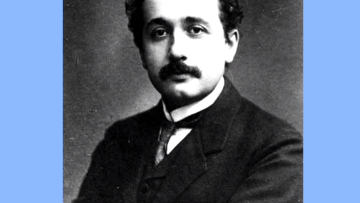Random Geometric Complexes
Abstract
I will give an introduction to the asymptotic behaviour of random geometric complexes. In the specific case of a simplicial complex realised as the Cech complex of a point process sampled from a closed Riemannian manifold, we will explore conditions which guarantee the homology of the Cech complex coincides with the homology of the underlying manifold. We will see techniques which were originally developed to study random geometric graphs, which together with ideas from Morse Theory establish homological connectivity thresholds.



